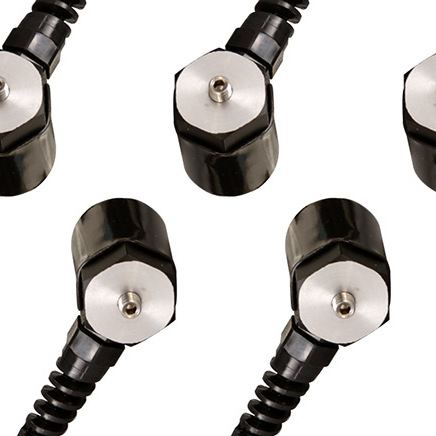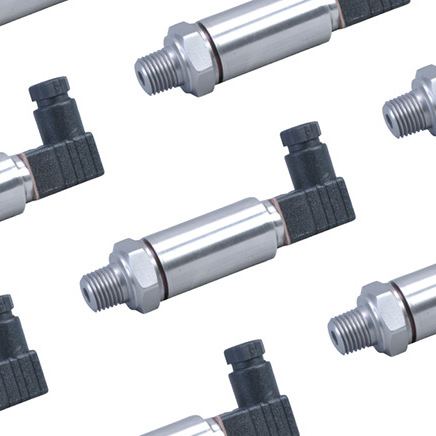Data is more important in today’s world than ever before. There is also more data than ever before. Pressure transducers are no exception to this new world that requires every signal to be measured and stored. Data loggers are typically used to measure and store the pressure signals that a system puts out.
Choosing a pressure transducer and the data logger will be pivotal in ensuring that the end application runs smoothly. Without accurate data, engineers are lost. They will have no idea how the system is performing and they will not be able to make the proper adjustments to the system. There are two distinct types of data loggers that engineers typically use in any given system.
Data Logger with a Pressure Transducer
The first type is where the pressure transducer is part of the data logger. This could be useful for certain applications where pressure should be measured, but is not critical to the overall well being of the system. The pressure transducer is a feature of the data logger, instead of them being their own individual components.
Data Logger that Stores Process Signals
The other type of data logger will receive process signals from the application’s pressure transducers. The data logger is completely separate from the pressure transducer instead of being a part of it. This type of data logger will store all of the signals it receives from a pressure transducer. Data loggers can hold anywhere from 1,000 to 500,000 signals depending on the system needs.
Now that we know the two different types of pressure transducers, let’s talk about what you and your team should be considering when selecting a pressure transducer data logger.
Criteria Selection
Number of Inputs
Whether your system has one or 1,000 pressure transducers, your data logger needs to be able to handle the number of input signals from the system’s pressure transducers. Most data loggers will be able to handle multiple input signals. Your system may need multiple data loggers to properly document all of the pressure transducer measurements.
Size
How large the pressure transducer data logger is needs to be taken into consideration. In many applications the space for a data logger is extremely limited. Space might be the defining characteristic for the data logger selection.
Type of Environment
The data logger may need to be made out of a specific material to ensure that the data logger functions properly in the system. Plastic may be fine for normal applications, but that material would never hold up on an oil rig. Temperature range is another specification that any engineer should pay attention to when choosing a data logger. Engineers should take into account all aspects of the system’s environment.
Data Storage & Frequency
Just like security cameras, data loggers can only hold a certain amount of memory. Frequency would be a large part in determining how much memory the data logger will require. Some applications require measurement every few seconds, while others only need measurement every few minutes. Data loggers that can hold more memory are going to be more expensive.
Digital versus Analog
Many pressure transducer data loggers are now connected to the cloud so engineers can get instant measurements. There are still some nuclear power plants that still have not been upgraded to digital instrumentation. It all depends on regulations and the end application of your system. If your system is in an antiquated industry, you may have no choice but to go with an analog pressure transducer.
Naturally, the more robust the data logger is, the more expensive it will be. Make sure that your team identifies the proper data logger without overpaying for specifications that your system does not need.
- What is a pressure transducer?
- How do pressure transducers work?
- Pressure sensor vs transducer
- Custom pressure transducers
- Pressure transducers FAQ
- Selecting a pressure sensor
- How to specify
- Installing a pressure transducer
- Troubleshooting
- Selecing an amplifier
- Selecing a controller
- Selecing a data logger

